3D-Printed Jewelry Explores Intricate Forms
3D printing is undeniably practical. Though it has yet to achieve common household usage, all signs point to a near future full of self-manufactured objects — not to mention 3D-printed cars, houses, bridges, and roads. But it’s also a cutting-edge medium for art and design, giving creators the unprecedented ability to reproduce their work at home or in the studio in a way that would normally require special equipment in a factory. On top of that, the precision of the 3D printing process enables incredibly complex designs, with a level of detail that’s hard to achieve by hand.
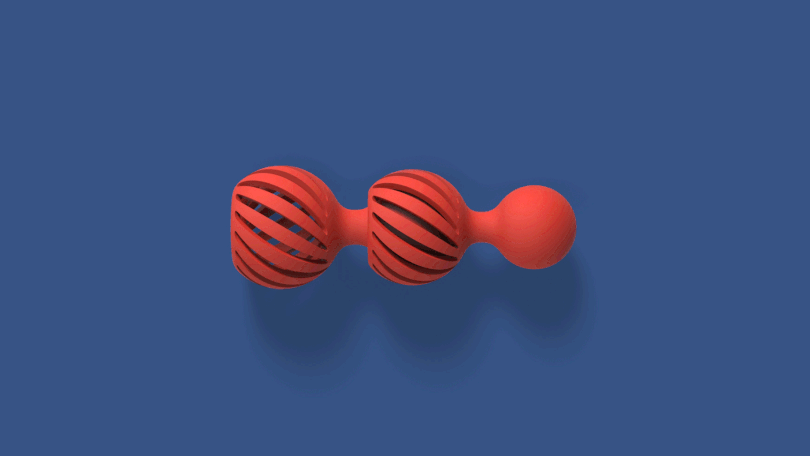
Just like any other 3D-printed object, jewelry can be produced using conventional materials like gold, silver, bronze, copper, and brass or plastics like nylon. A new collection of 3D-printed jewelry called “Bearing,” made by designer Giulio Iachetti for Italian design brand Maison 203, shows how this technology can take something as classic and timeless as a pearl necklace and update it for the 21st century. Iachetti calls the series “A reinterpretation of the most iconic jewel, an aesthetic research starting from a classic element: the string of pearls.”
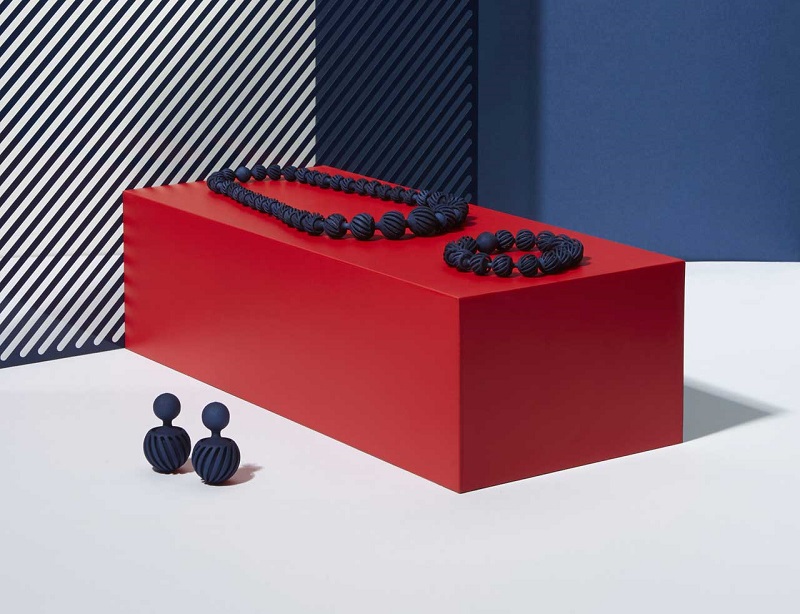
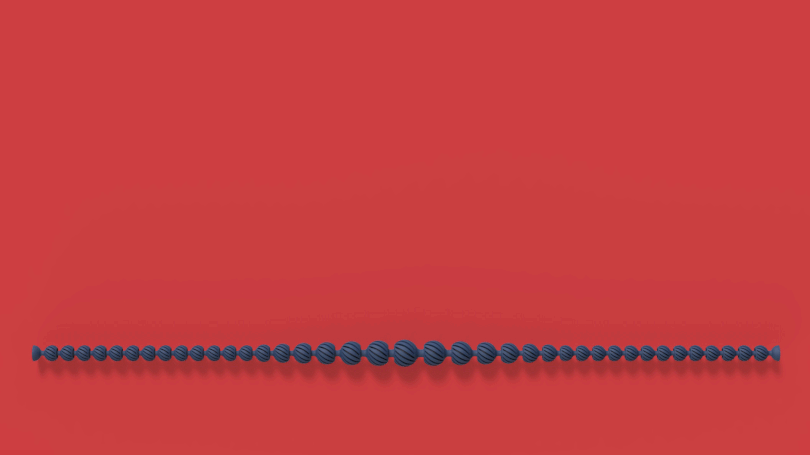
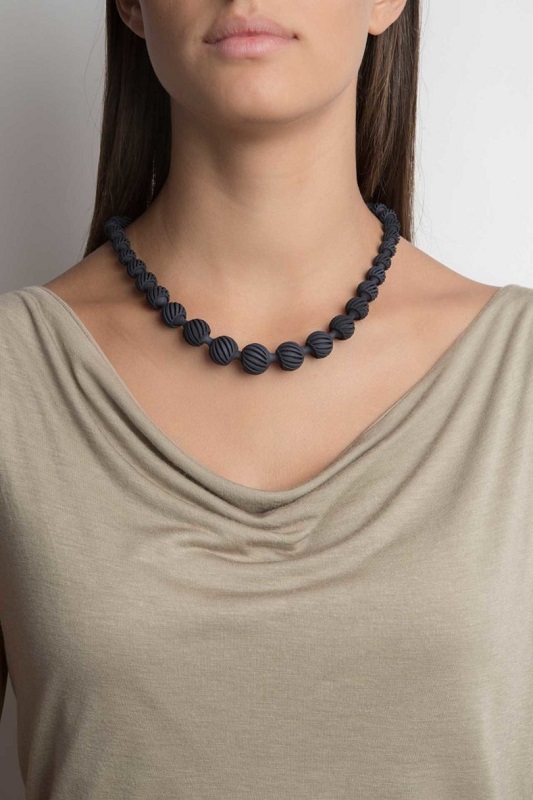
“Bearing” pieces are made up of 3D-printed nylon “pearls,” all of which have a joint on one end and a bearing in the other so they can fit together into a string with lots of flexibility. These beads are sold individually as a simple pair of earrings, in longer strands of dangling earrings, and in bracelet and necklace forms. There’s also a ring with a single nylon “pearl” on it for a graphic minimalist statement. Ranging anywhere from 20 to 95 euros, the collection’s prices are affordable, too.
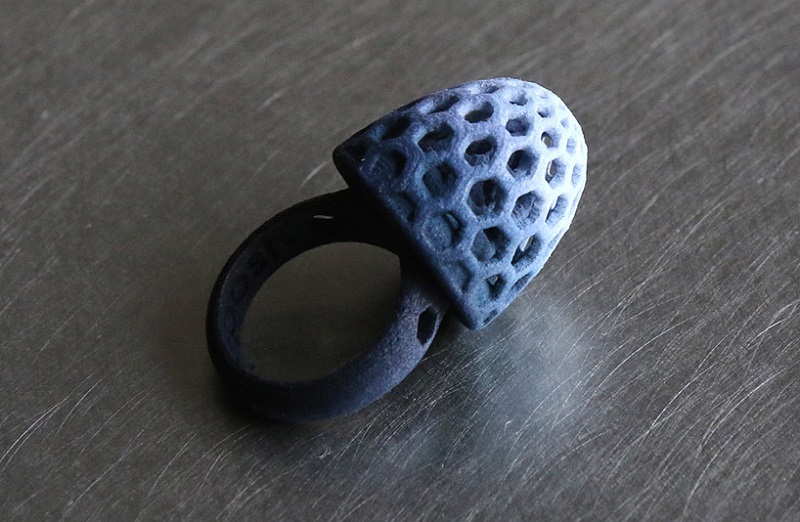
The “Delft Blue” series by Dutch designer Elleke van Gorsel is another gorgeous example of modern 3D-printed jewelry. Taking inspiration from its namesake city’s long history of producing earthenware covered in distinctive blue and white patterns, the series integrates a striking blue gradient into 3D-printed accessories. The full line includes rings, earrings, pendants, earrings, hair accessories, and even bow ties, all printed, hand-dyed, and finished by the artist herself. The materials are 100 percent locally-sourced and made in The Netherlands.
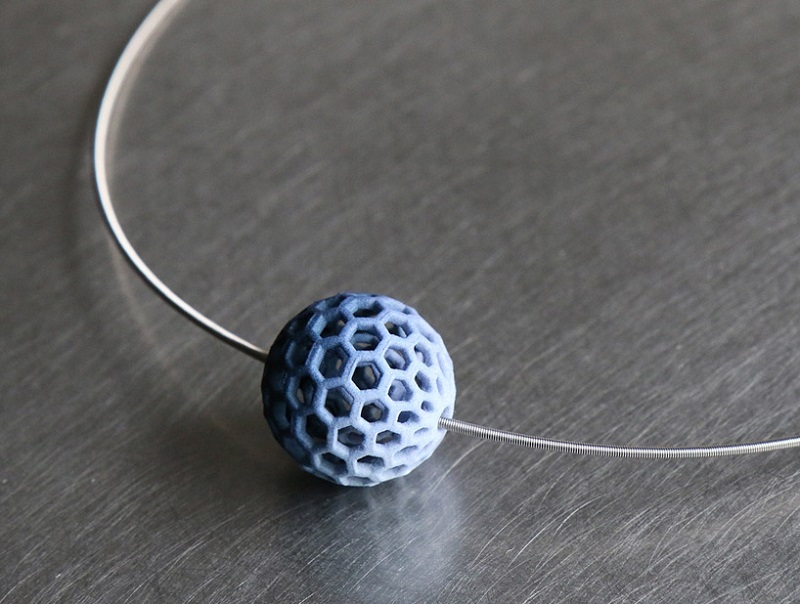
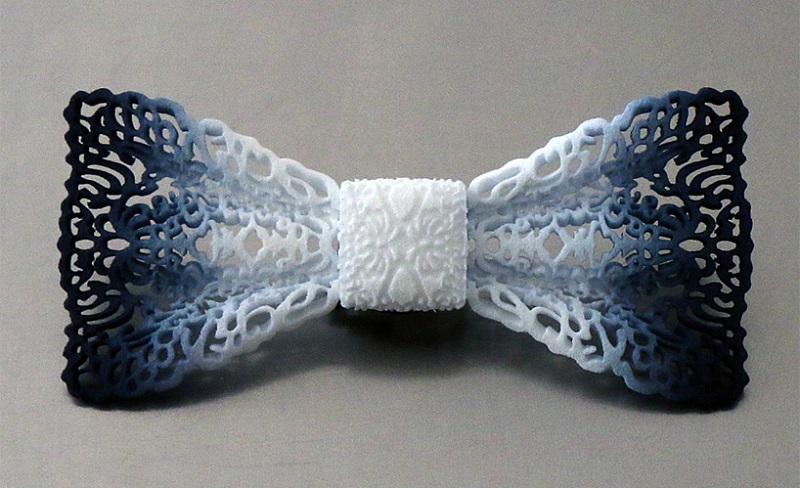
Another high-tech jeweler is known for taking 3D-printed intricacy even further with stunning designs influenced by natural biological structures and systems. Massachusetts-based studio Nervous System uses 3D computer modeling software and mathematical algorithms similar to those seen in the cells of plants and animals to produce their sculptural pieces, like “floraform hyphae,” a flower-like design printed in nylon or metal. Another piece in the “Floraform” series draws from the ruffles on the tentacles of jellyfish.

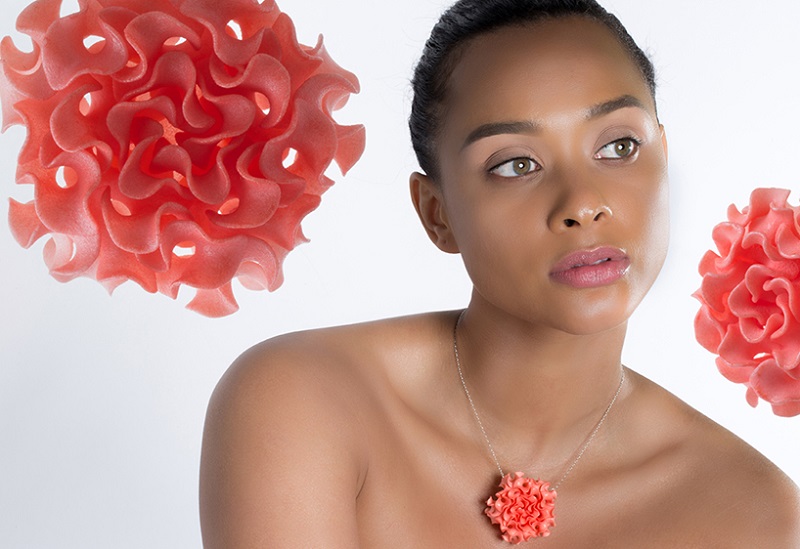
“Floraform is inspired by the biomechanics of growing leaves and blooming flowers. Each piece emerges from a computational simulation of differential growth, a surface that grows at different rates in different locations. The flowering structures expand fastest along their edges, evolving from simple surfaces to flexuous forms that fill space with curves, folds, and ruffles.”
Nervous System explains that they’re attracted to complex and unconventional geometries and work to engage in “generative processes” to expand upon them.
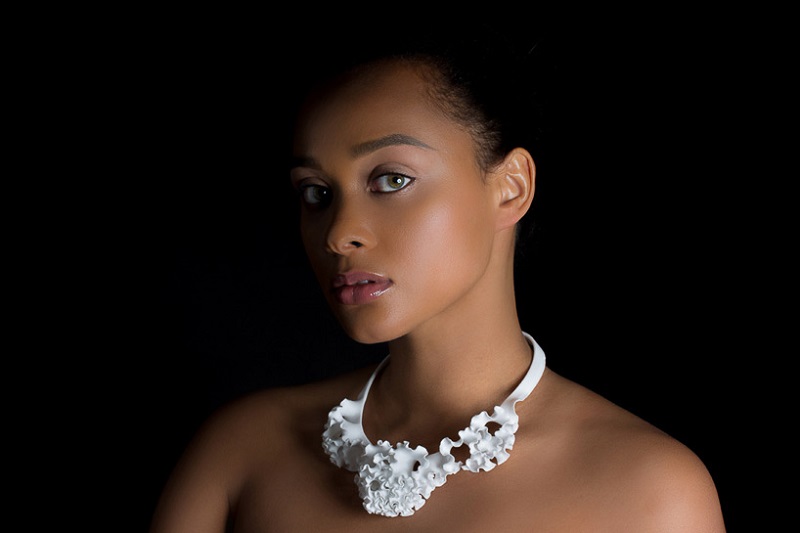

“Instead of designing a specific form, we craft a system whose result is a myriad of distinct creations. These systems are interactive, responding both to changes in specific variables and to physical inputs. There is no definitive, final product, instead the many designs created allow for mass customization.”




